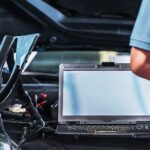Three Key Connectivity Trends Improving Performance and Reducing Costs in e-Mobility Applications
Innovations in connectivity component materials, wiring designs, and modularization are three key drivers that are helping to improve the productivity, efficiency, and costs of e-mobility systems.
By Shawn D’Gama, Field Applications Engineer, ERNI Electronics Americas, and Christine Knable, President, C Things Differently e-mobility
Although we tend to think of electric-powered mobility, or e-mobility, as a new technology, electric vehicles (EVs) first appeared in the early 19th century. Early iterations included a battery-powered car invented by Thomas Edison. In subsequent years, the internal combustion engine took the lead, and petroleum-powered mobility has dominated for decades. In the latter part of the 20th century, however, engineers once again turned their attention to electrification.
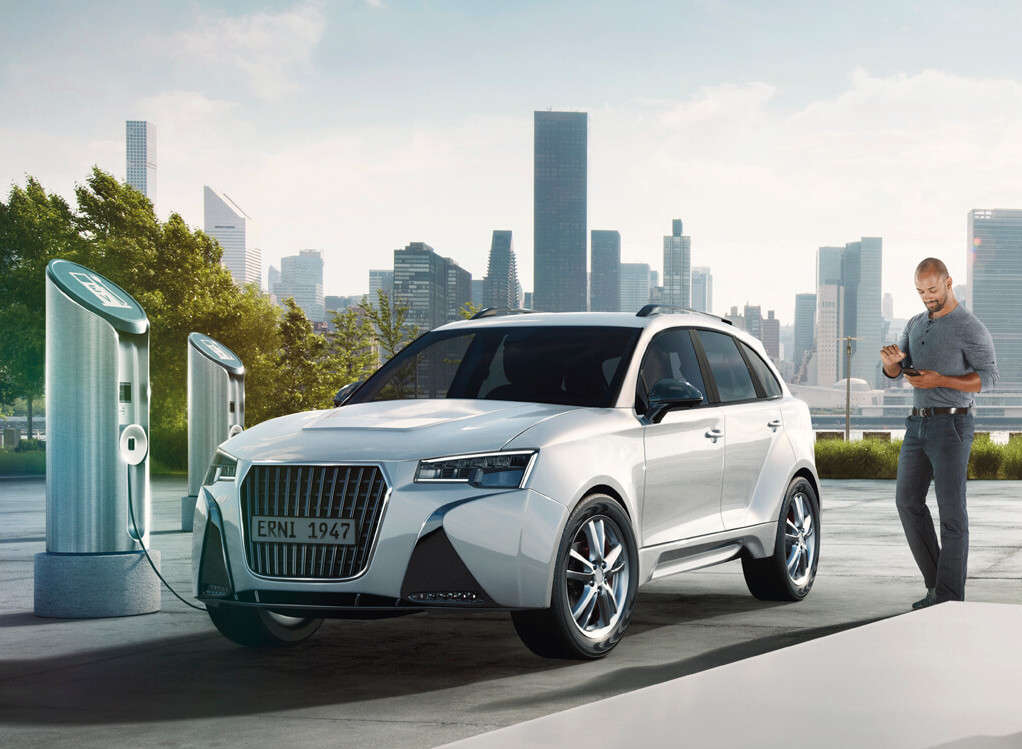
E-mobility is now associated with automobiles, trains, and buses, as well as smaller modes of transportation generally referred to as light electric vehicles (LEVs), including bikes, scooters, skateboards, wheelchairs, drones, and jetpacks. This growing market also includes electric air taxis and underwater scooters, and even the GPS systems and charging stations that help support EV and LEV technologies.
These diverse modes of mobility all incorporate an electrical motor and an energy storage unit, and they all depend on compact, lightweight, and increasingly capable interconnects and cabling to route power and signal both throughout the vehicle and to adjacent charging devices, communications systems, and smart city infrastructure.
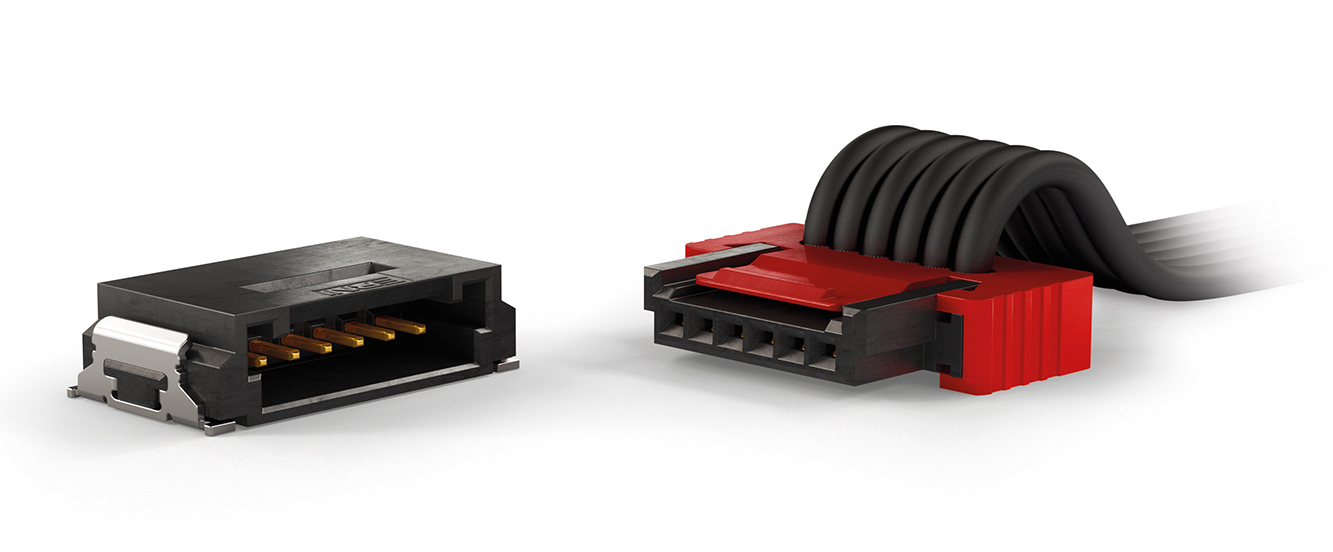
ERNI’s 1.27mm-pitch wire-to-board MiniBridge connectors are used in small e-mobility solutions ranging from electric bikes to drones. Koshiri variants also offer high mating reliability.
Interest in EV and LEV technologies continues to rise as a broader range of innovative e-mobility products are released to market. In the decades to come, it’s likely that our transportation efforts will be primarily facilitated by the motion of electrons. As the adoption of electrified mobility steadily increases, a variety of component-level changes are being enacted to make these solutions even more efficient and affordable. In particular, changes in connectivity component materials, wiring designs, and modularization are three key drivers that are actively improving the productivity and reducing the build and operating costs of e-mobility systems.
Connector Material Changes for e-Mobility Applications
Significant research has led to a new generation of materials that perform exceptionally well in the batteries and interconnects required by e-mobility systems. Lightweight, durable materials that can withstand the heat, current load, and harsh operating conditions of transportation environments have helped advance this technology.
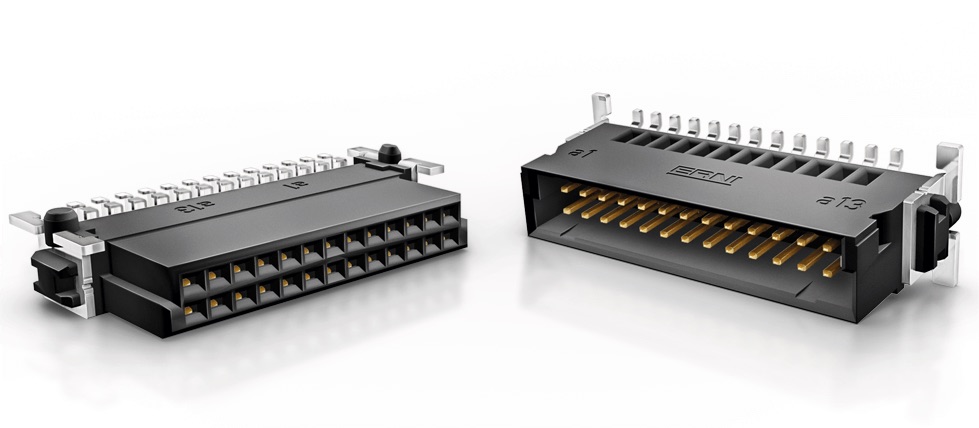
ERNI’s SMC connectors are well-suited to e-mobility applications due to their robust packaging, ability to resist shock and vibration, and high current rating.
Interconnect products, such as the wire-to-board connectors often used in these systems, are now available in materials that can withstand the ambient temperature fluctuations of the outside environment as well as the heat generated by the system’s power unit. Ongoing refinements to interconnects used in this market focus on the materials used for connector housings, cable insulation, and contacts. Additionally, designers are increasingly incorporating secure locking features that help them withstand shock and high vibration levels without losing connection and reviewing mounting technology options, such as surface-mount and press-fit terminations, to improve robustness and shrink overall footprints. The goal when designing new e-mobility connectors is to determine the best materials to reduce product size, weight, and cost without sacrificing power and signal performance and rugged environmental resistance.
Similarly, battery technology has also significantly advanced, enabling both longer ranges and faster charging. One area of study has helped develop a new generation of lithium-ion batteries that utilizes drastically reduced levels of cobalt. Other new battery technologies, such as dual carbon batteries, are safer, cheaper, recyclable, and charge up to 20 times faster than traditional lithium-ion batteries. These advancements are occurring very rapidly and, when combined with cutting-edge connectivity solutions, will help bring reliable e-mobility products within reach for more people.
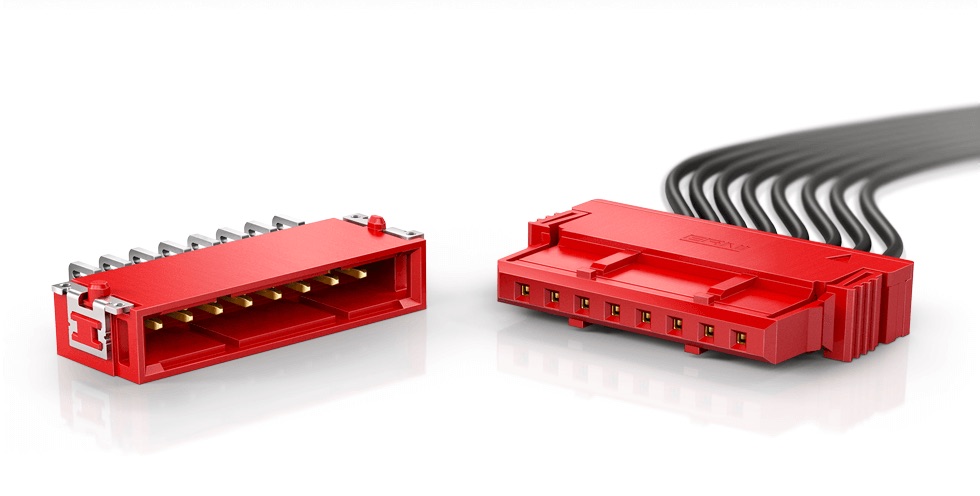
ERNI’s 2.54mm MaxiBridge connector conveys 12A per contact, providing excellent performance for battery management systems, battery packs, vehicle lighting solutions, and onboard chargers in EVs and LEVs.
Wire Harness Alternatives
A wire harness or cable assembly is a structural solution that keeps electrical cables or wires organized within a complex system. Wire harnesses provide solutions to two problems within an electrical system: geometric limitations and electrical requirements. The use of copper or copper alloys in these wires has long been the proven choice for power and signal applications. E-mobility systems typically require a significant quantity of wiring, which adds weight and, as such, reduces the range of electric vehicles. A limited transition from copper to aluminum and alloy wire alternatives is underway as engineers continue to look for solutions that can effectively reduce the weight of wiring harnesses while still providing equivalent performance.
Flexible printed circuit boards (FPCBs) are currently one of the most common alternatives to the use of copper wire harnesses in electric vehicles. FPCBs overcome the need for complex, bulky wire harnesses and enable simple layouts based on the available space, which helps reduce the weight of the required electronics and improve circuit performance. They also reduce energy consumption, which helps reduce operational costs, are rugged enough to ensure durability in demanding environments, and exhibit good electromagnetic compatibility (EMC), which helps minimize crosstalk and maintain signal integrity. FPCBs are often employed in communications, power, and battery management systems of EVs and LEVs.
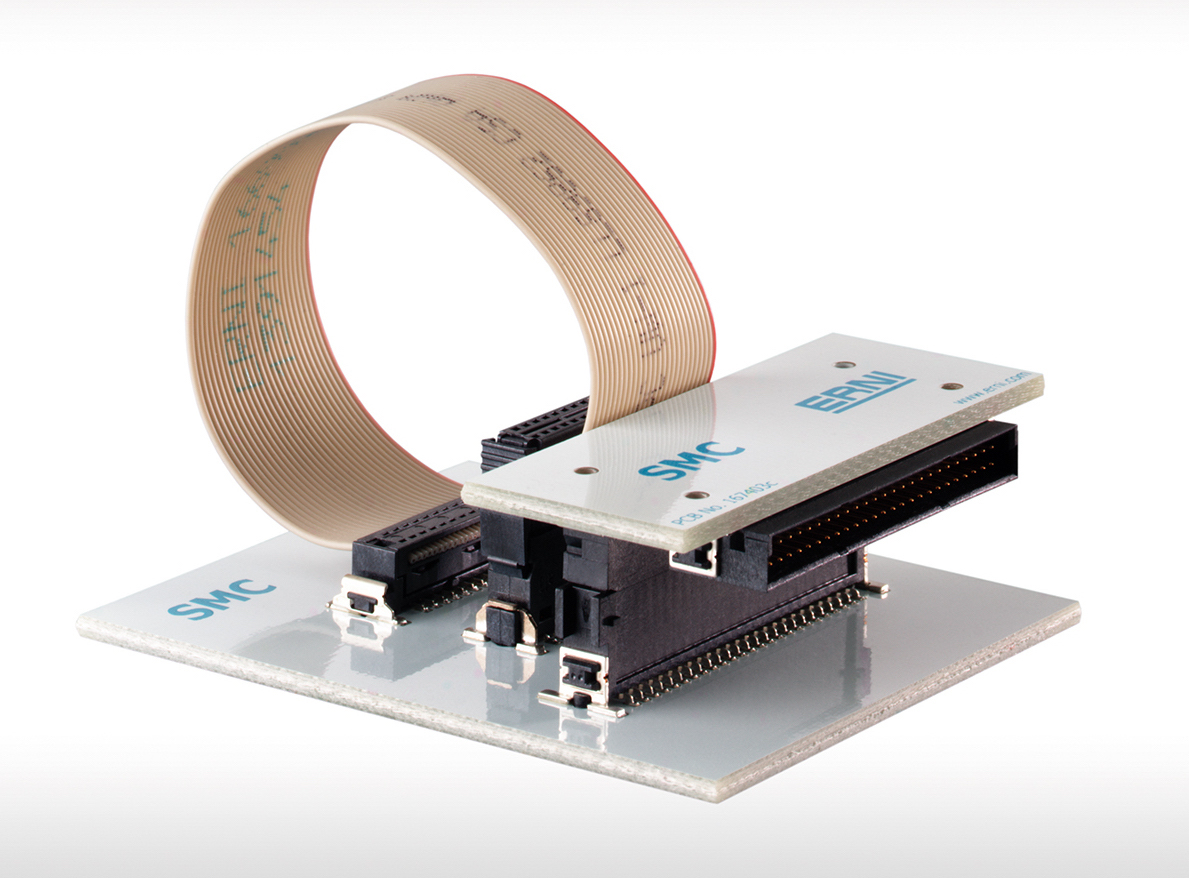
ERNI’s SMC cable assembly is available in multiple configurations and termination styles. This product delivers up to 1.7A and 3Gb/s for high-accuracy monitoring equipment, such as onboard communication and GPS systems.
Connector Modularization
Modularization enables the ready development of application-specific connectors that are extremely compact, multifunctional, cost-effective, and easily scalable. In addition to reducing the cost, weight, and footprint of connector components, modularization also improves aerodynamics and allows designers to reallocate that space for other features, which is especially crucial as consumers continue to demand more capabilities from smaller, sleeker products.
It also increases standardization and compatibility. Using standardized modular components to develop new connectivity solutions allows designers to leverage computer-aided design (CAD) tools like graphical component configuration software to create new concepts that can be prototyped quickly. This helps bring new solutions to the market for testing and adoption more quickly and at less expense.
Modular interconnect products also offer benefits such as stacking capabilities, ease of assembly, secure connectivity, high signal integrity, and low Z-axis heights (overall stack heights for mated PCBs within a connector system). As EV and LEV systems and products are made to deliver even more features in even smaller form factors, interconnects must be able to do more in the limited space available.

ERNI’s 0.8mm-pitch MicroSpeed connectors have strong signal integrity, excellent EMC, and stack heights ranging from 5mm to 20mm, as well as supplementary power modules that further enhance performance.
Conclusion
Over the past 20 years, there has been a technological shift from combustion engines to electrification across myriad modes of transportation. This shift to cleaner, greener mobility is not only addressing climate concerns raised by large-vehicle emissions, it is also improving the user experience of traditionally human-powered transport, such as bicycles, skateboards, and wheelchairs, by transforming them into LEVs capable of faster speeds and longer ranges.
Advancements in interconnect technology are a critical component of e-mobility evolution. Lower costs achieved through material changes, alternatives to copper wire harnesses, such as the adoption of PFCBs, and the modularization of connector systems have all contributed to the development of today’s high-performance e-mobility systems, which are increasingly competitive with internal combustion engines in terms of both price and range.
Whether you’re reserving a scooter with a micromobility company, charging your electric vehicle in a public parking space, or enjoying a dinner delivered by a drone, you have today’s compact, robust, and increasingly capable connector technologies to thank.
For more information, visit ERNI online.
